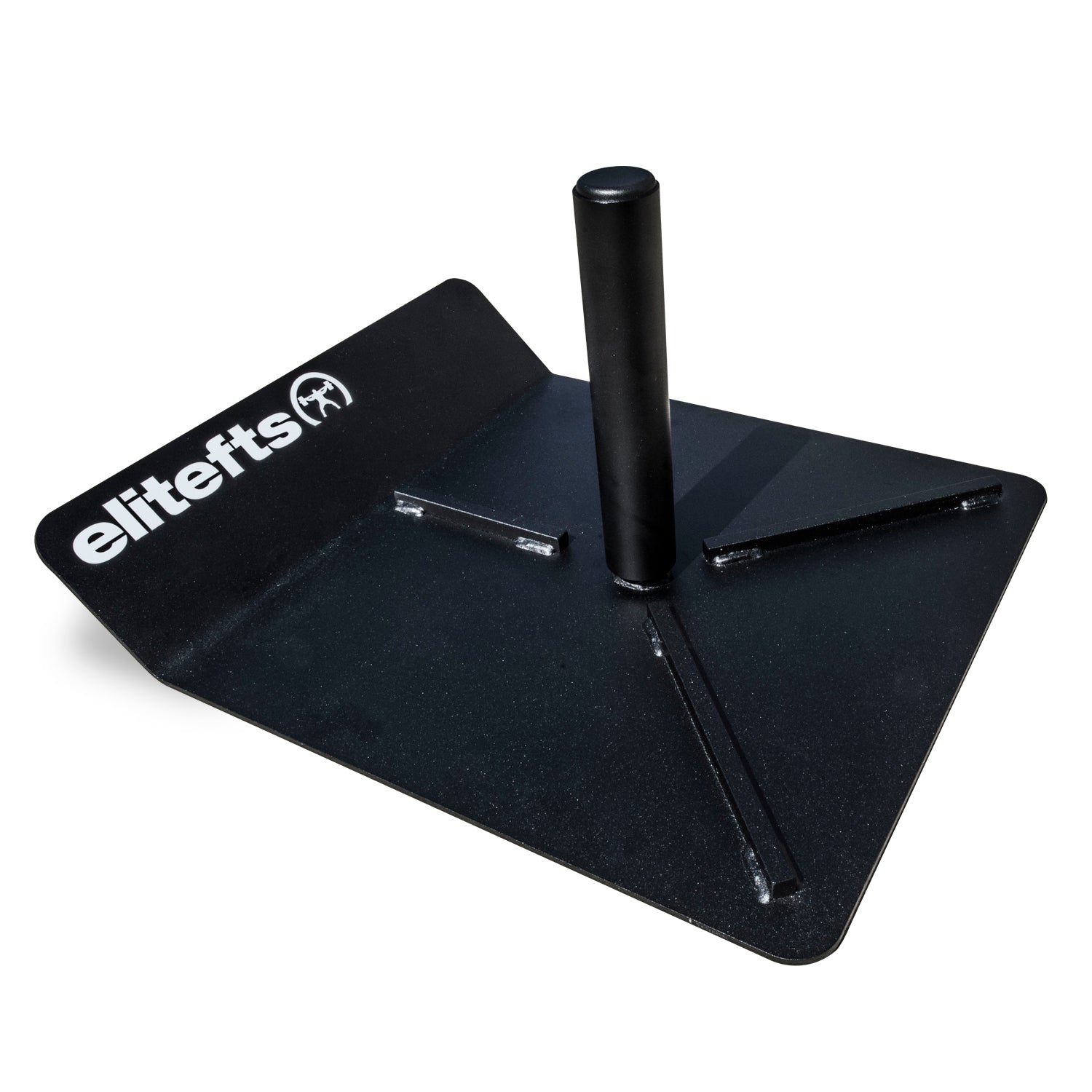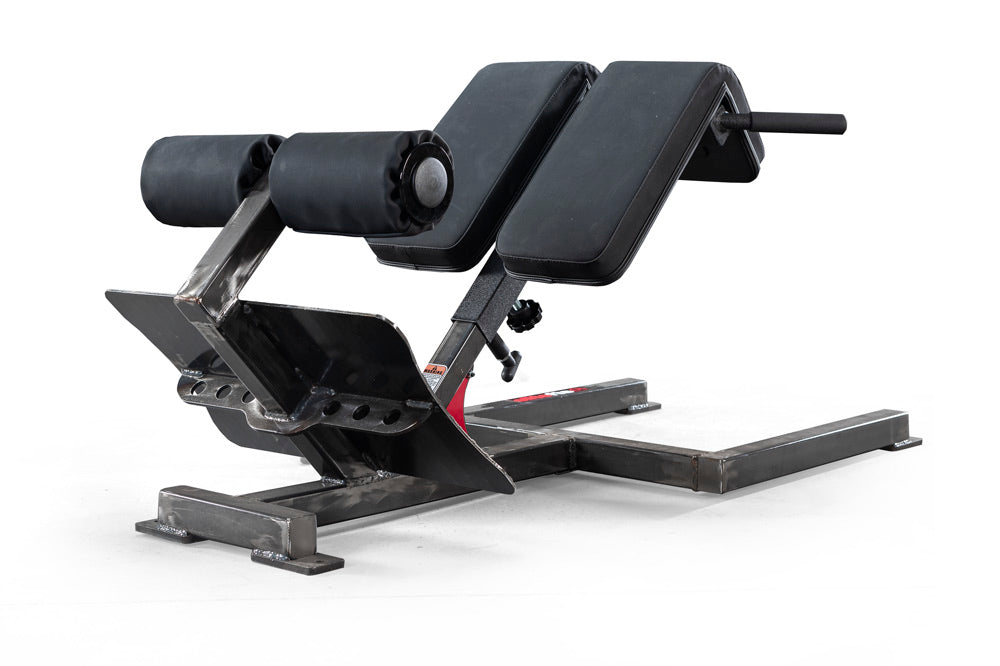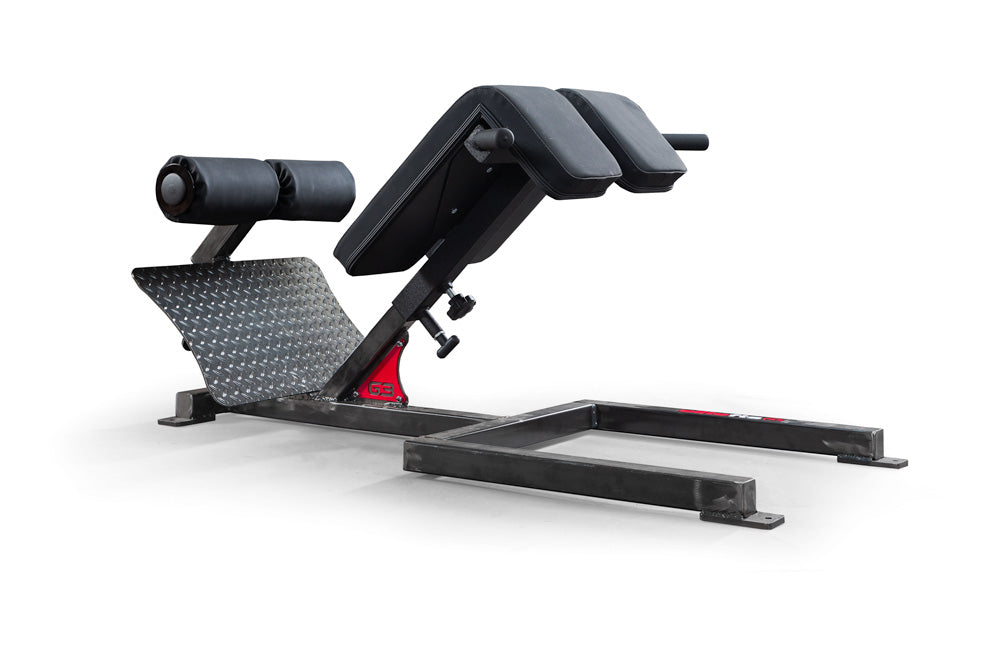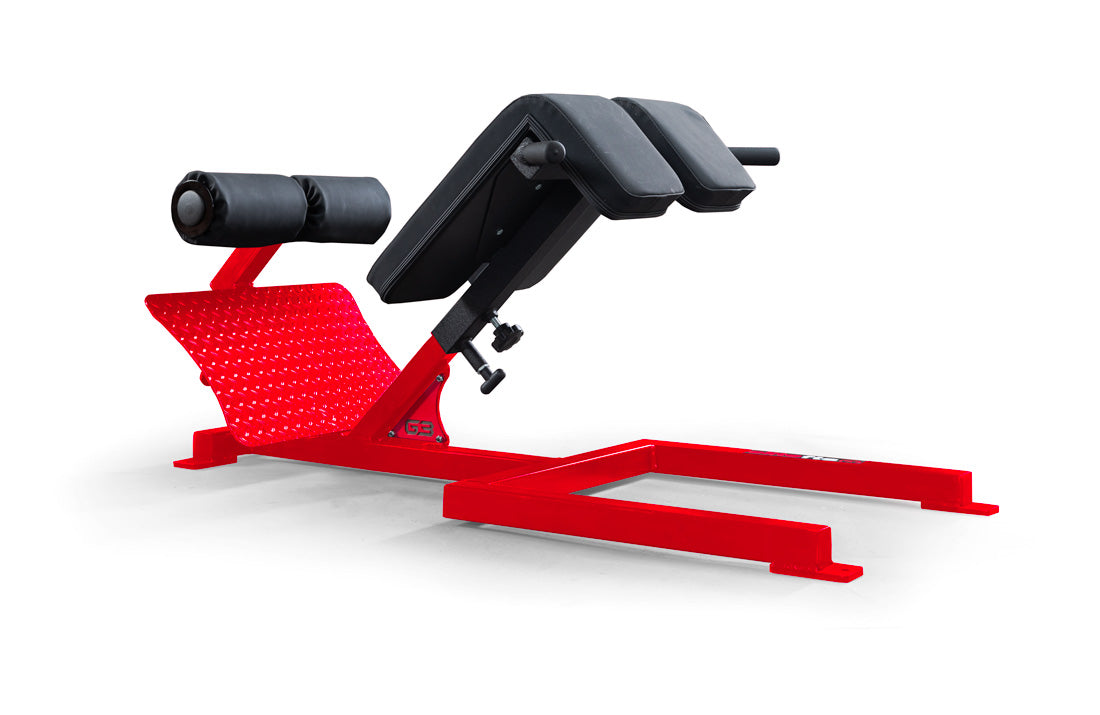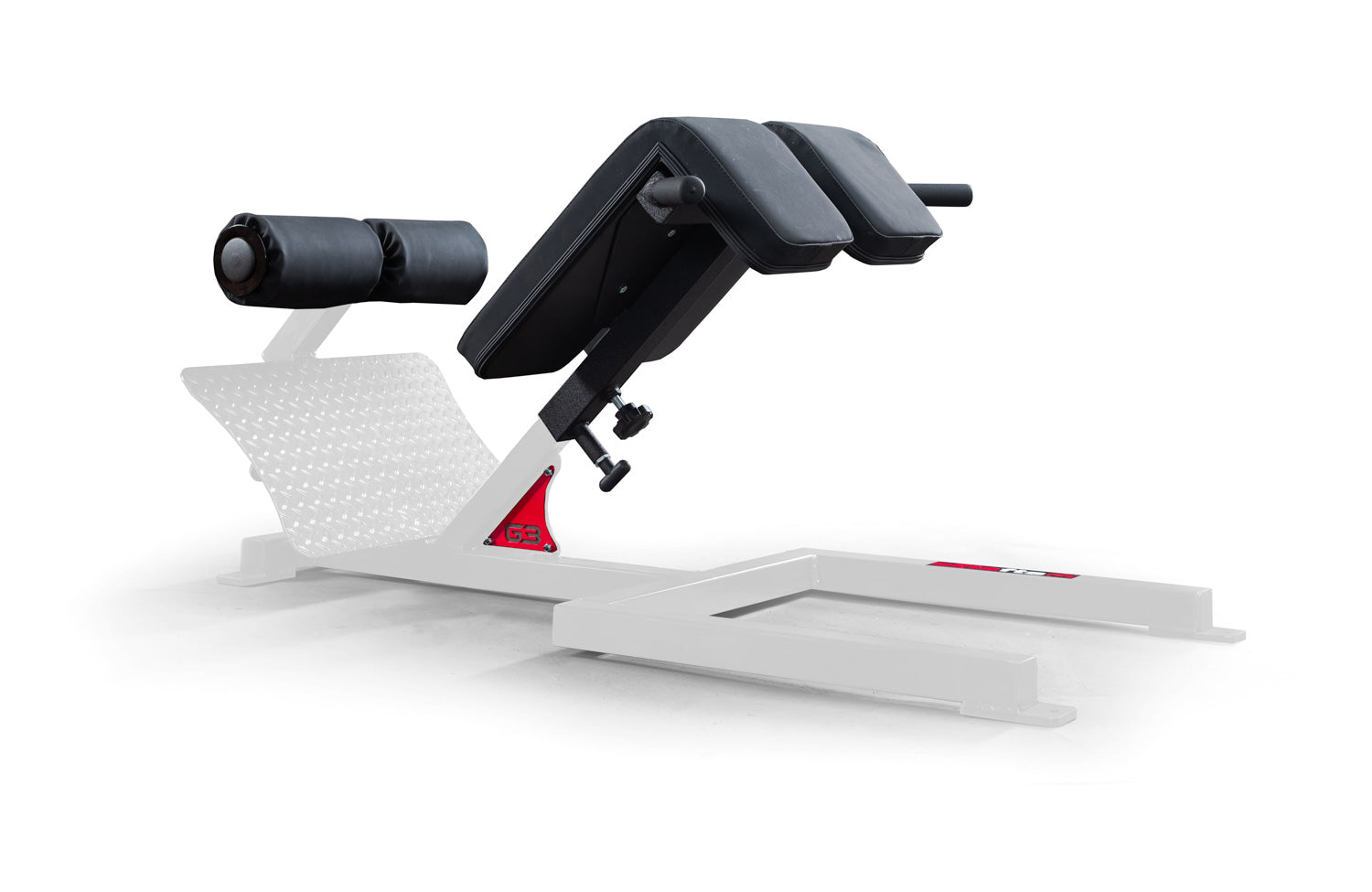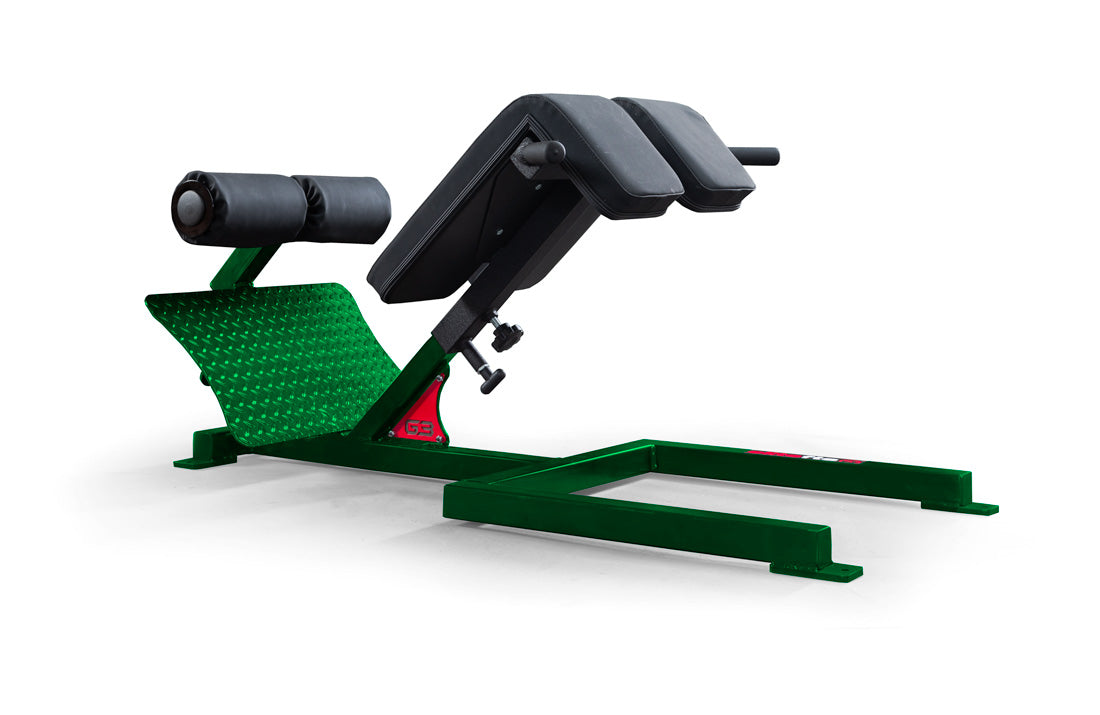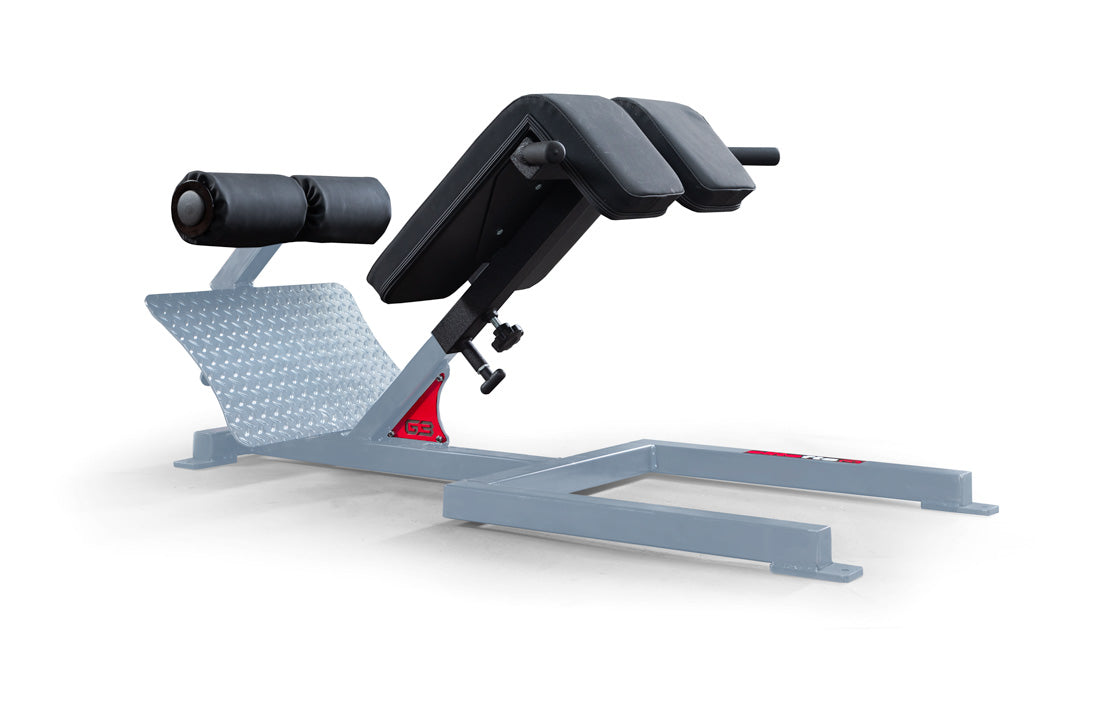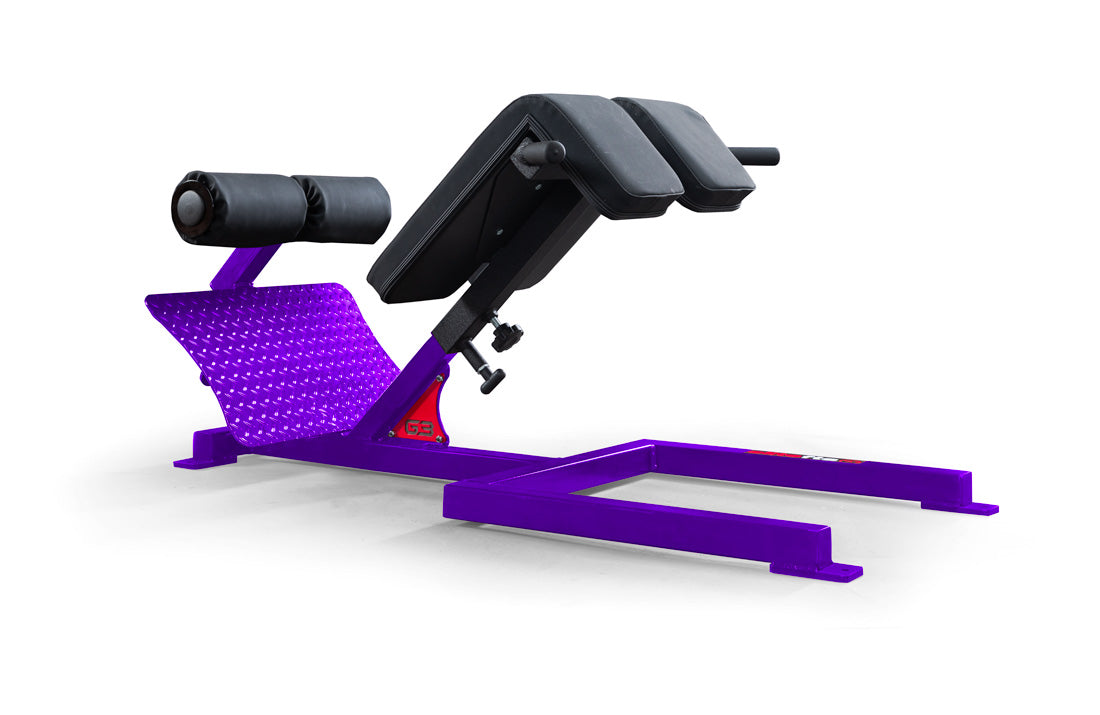A Standard Template for the Strongman Competitor
The following is a program that I’ve put together over the last few years by doing research and trial and error (otherwise known as ‘under the bar’ research). The purpose of this article is to give aspiring Strongman competitors a template to use when putting together a program. The first thing I do when writing a program for someone is what I call a needs analysis. What does this person need?Strongman needs analysis
It takes more than just being a dude who’s strong in the gym to be good at Strongman. So when putting together a program for Strongmen competitors—that’s competitors as in actually prepping for competition, not guys who just train with the implements and don’t compete—we have to take the following things into consideration:- Dynamic strength: Strongman requires the participant to move heavy weights very quickly. To develop this in the weight room, I like to use Olympic lifts and their variations because some like the clean and jerk have a direct carryover to Strongman events. I’ll also use snatch variations because the snatch is one of the most explosive lifts you can do in the gym. Some guys like to use speed squats and deadlifts in place of this, but I don’t. The reason for this is because in these lifts the bar speed is terminal. I don’t care how fast you pull the bar. It slows at the top of the lift. Olympic lifts don’t. Also, in the Olympic lifts, the distance the bar has to travel is greater. This results in more power output by the lifter.
From: Newton H (2001) Explosive Lifting for Sports. Human Kinetics; Champaign, Illinois, pg. 17.
To develop dynamic strength with the implements, we will train the specific events themselves.- Static strength: Static strength is evident in things like a max deadlift or max log press. You will rarely run into this in a competition, but it is important to train as it will help in the other aspects of Strongman.
- Grip: Whether it is the farmer’s walk, axle deadlifts and cleans, or some sort of hold, you can pretty much bet that there will be an event at every show where you need a strong grip.
- Strong posterior chain: It seems as though every Strongman event has some sort of pulling movement in it. Even a log clean and press requires you to row the log to your lap.
Get good at deadlifting. It’s pretty important.
- Overhead press: There’s one in every show, so get good at it.
- Energy system development: This should be both anaerobic and aerobic. Many people will argue that it isn’t necessary to work on aerobic endurance because most Strongman events last less than one minute. But the part they’re ignoring is the fact that most Strongman competitions are between three and six hours long. You can always pick out the guys who didn’t do their cardio because they will be gassed after every event and unable to recover between. Remember—by doing aerobic work, you will be increasing your mitochondrial density. Anaerobic work doesn’t give you this. Greater mitochondrial density equals faster recovery between events, as you will be able to reproduce ATP more efficiently. Don’t get it confused. By aerobic work, I don’t mean you have to be some cardio bunny riding the recumbent bike reading the latest edition of Cosmo. Do things like hill sprints, Prowler pushes, and blast intervals. For example, at a recent Pro/Am in Arizona, it was 100 degrees and the event lasted eight hours! Who said Strongman isn’t an endurance sport?
- Recovery: Recovery is very important because it is very easy to overtrain while training for a Strongman competition. This can be both physically and psychologically detrimental to the athlete. Personally, I’ve noticed that my back and legs take the most stress from training for a competition, so I keep that in mind when planning out my training cycle. I really make sure that I don’t just continuously beat them into the ground. Remember, sometimes less is more. You don’t have to set a PR every day.
- Prehabilitation/Rehabilitation work: In Strongman, it isn’t if you’ll get hurt, it’s when. This is where the importance of shoulder mobility/stability, torso and knee stability, and hip and ankle mobility comes into play. Trust me—I’ve seen way too many injuries in the sport that come from poor movement quality.
Standard Strongman template
Day 1 Superset the following: 1A. Max effort upper body press, work up to a 3 or 1RM (rep max) on one of the following exercises:- Barbell or axle (two-inch thick fat bar) flat bench press
- Barbell or axle incline press
- Floor press
- Face pulls
- Push-up plus
- External rotation
-
Dumbbell flat press - Dumbbell incline press
- Floor press
- Dips (preferably weighted and only if you don’t have any prior shoulder issues)
- Barbell rows
- One arm dumbbell rows
- Horizontal pull-ups
- T-bar rows

This is what a distal biceps tear looks like. You don’t want one.
Day 2 (must be done 72 hours after event training day) 1. Plyometrics, three sets of five reps of one of the following: - Box jumps
- Horizontal bounds
- Single leg jumps
- Standard deadlift
- 18-inch deadlift
- 2-inch axle deadlift (I recommend only doing this if you have a competition coming up with this in it.)
- Backward lunge
- Forward lunge
- Lateral lunge
- Step-up
- Rear foot elevated split squats
- Sprint up/walk down a big hill, trying to improve the amount of reps you get every time
- Push the
Prowler with heavy weights for as many reps as you can; increase the reps each time
- If and only if you don’t have access to a hill or Prowler, pick 10 total body exercises and do them for 45 seconds on/15 seconds off in a circuit fashion; do three rounds with two minutes break between
- Power snatch
- Hang snatch
- Power clean and jerk
- Hang clean and jerk
- Push press out of a rack (if pressing and not cleaning is a weakness)
- Heavy
medicine ball chest pass - Heavy medicine ball vertical toss
- Squat
- Front squat
- Pull-ups
- Weighted pull-ups
- Chin-ups
- Weighted chin-ups
- Single leg Romanian deadlift
- Single leg supine hip extension
- Glute ham raise (I know, it isn't single leg, but I like to add it in here from time to time.)
- Barbell strict press
- Dumbbell strict press
- One-arm dumbbell strict







































